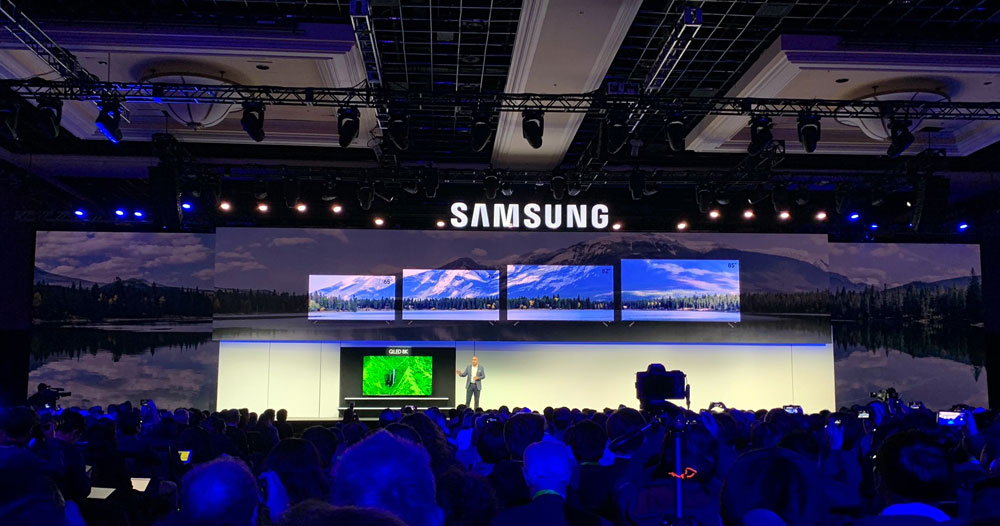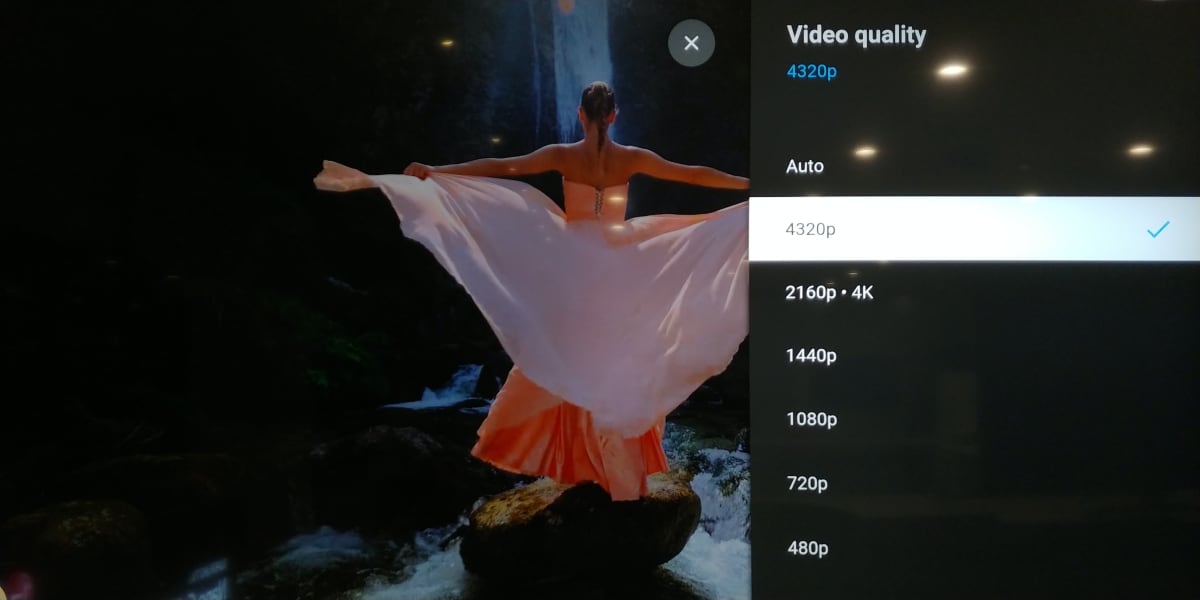8K TVs have struggled to attract consumers for several reasons, and in 2023 the situation has gone from bad to worse as multiple TV makers have abandoned the 8K market. Will it change?
8K's woes are no secret.
Last year, market research firm Omdia once again slashed its forecast for 8K TVs from 9 million installed units by 2025 to just 2.7 million by late 2026 worldwide. Another drastic downgrade. In 2021, 8K TVs accounted for just 0.15% of all TV shipments.
At the time, Omdia stated that consumers lacked convincing reasons to buy 8K TVs due to limited content availability and ineffective marketing.
8K TVs in 2023
Nothing much has changed since then, except that the 8K market in 2023 is in even worse shape, with very dim prospects.
In 2022, the European Union announced new regulations with stricter energy requirements for all TV technologies and resolutions, while also removing exemptions for 8K TVs and microLED TVs starting in March 2023.
The TV industry warned that the new regulation could effectively ban 8K TVs in 2023. In reality, the EU ended up being a scapegoat as the 8K market was already in very poor shape.
A few months later, in January 2023, TCL confirmed that it will not launch any 8K TVs in 2023 while LG said that its 8K LCD TVs will only be offered in a select few markets this year – and LG's 2023 8K OLED model Z3 has yet to appear. In March 2023, Sony confirmed that it has no new 8K TVs planned for 2023 either.
Other major TV makers such as Panasonic, Philips and Vizio have yet to launch their first 8K model, and the former two keep reiterating that the market is not ready.
Samsung still offers multiple 8K models.

Samsung still offers a full line-up of 8K LCD TVs marketed as 'Neo QLED'. Photo: FlatpanelsHD
High costs, broken promises
From a consumer perspective, it makes sense, as the current and expensive 8K LCD models offer picture quality that is either worse or comparable to the best 4K LCD models, which are much more affordable, and inferior picture quality to any 4K OLED TV.
Some display makers argue that the only way to make 8K a significant upgrade from 4K is to employ self-emitting display technologies such as OLED and microLED. However, 8K OLED remains prohibitively expensive, with prices exceeding $25,000 for an 88-inch screen. Additionally, display manufacturers are grappling with the challenge of enabling 4K resolution on even large-sized microLED displays, which cost over $100,000.
The TV makers' promises of magical upscaling to 8K also do not stand up to scrutiny.
8K TVs in general also lack video decoders capable of handling the latest 8K video codecs.
Also read: New VVC video codec 41% more efficient than HEVC for 8K, study finds
And multiple studies have found that few viewers can even see the difference between 8K and 4K. This includes a double-blind study carried out by Pixar, Amazon, LG, ASC and Warner Bros.
The content conundrum
So why should consumers buy an 8K TV? Perhaps the availability of 8K content could change their perspective.
Unfortunately, there is still a dearth of 8K content eight years after Sharp launched the first 8K TV. YouTube offers a few user-uploaded showcase videos and there are a handful of demo titles out there, but that is about it.

YouTube has a few 8K videos available for 8K TVs with AV1 decoding but that's about it
Amazon and Netflix were early adopters of 4K, and they have later been joined by Apple TV+, Disney+, Max, and a few others. However, as of now, none of the major streaming players have shown interest in launching an 8K service. We do not expect UHD Blu-ray to transition to 8K either.
Also read: An 8K disc format is unlikely. Here's why
What will it take?
Some movies and series are being shot in resolutions that exceed 4K and the computer hardware needed to edit 8K video already exists, so it is not impossible by any means, but it may not be enough to spur wide consumer interest in 8K TVs, as many viewers probably already see 4K as more than good enough.
Gaming is a wildcard, but as of now, Sony's promised 8K support for PlayStation 5 is still missing, and even if it arrives the PlayStation 5 is not be powerful enough to run AAA games in native 8K. It will take many years still for the gaming market to transition to 8K.
Perhaps it will be something else entirely, such as virtual reality (VR), that will drive the transition beyond 4K resolution?